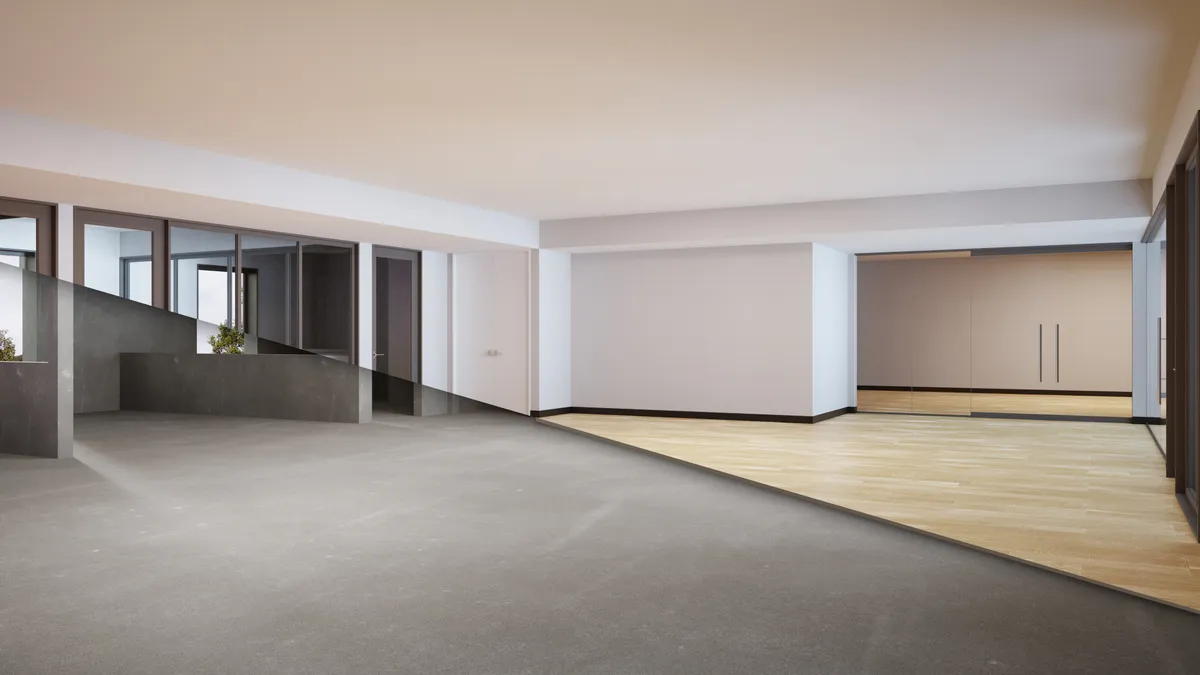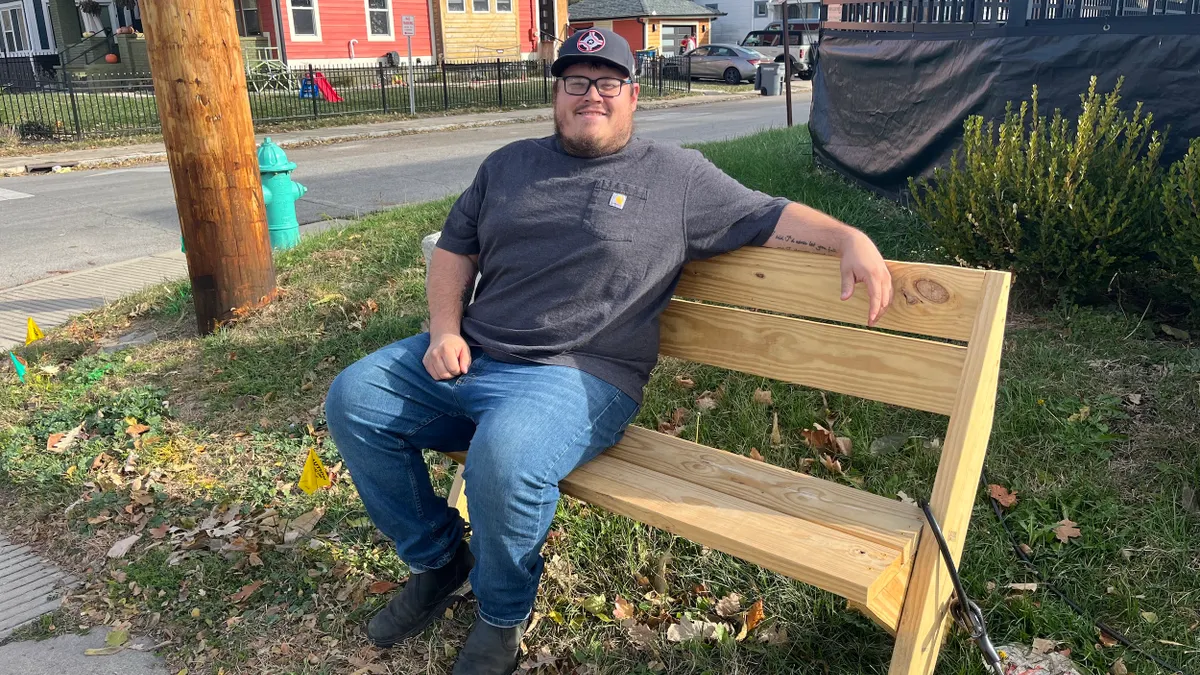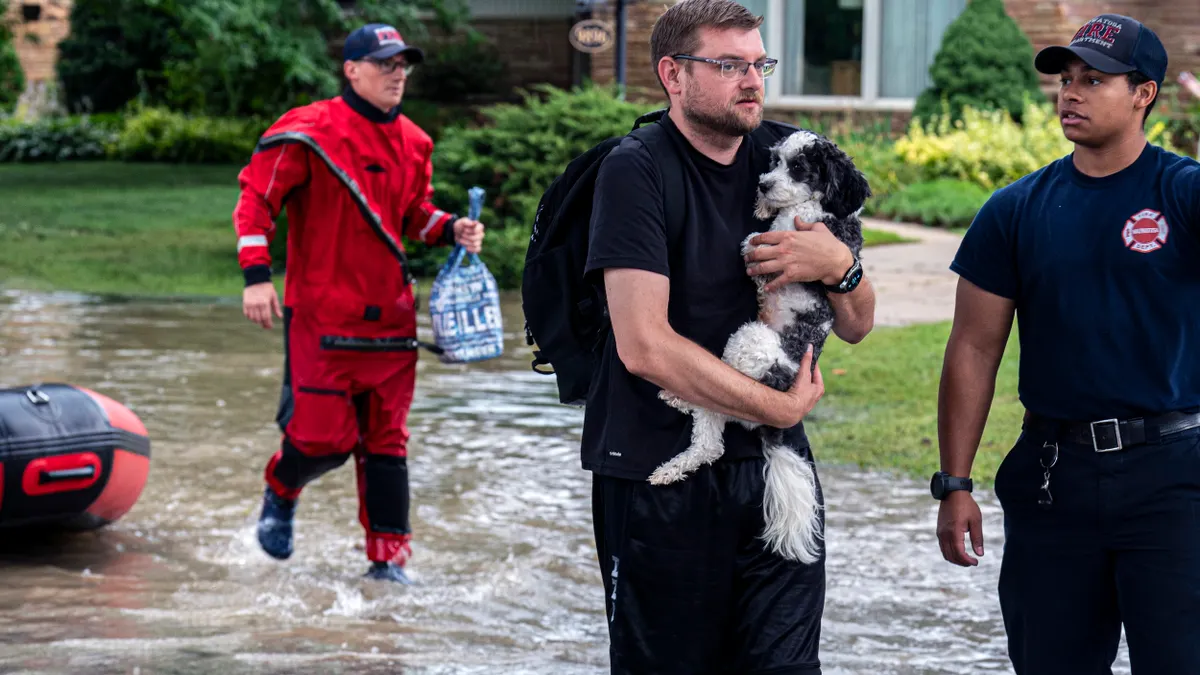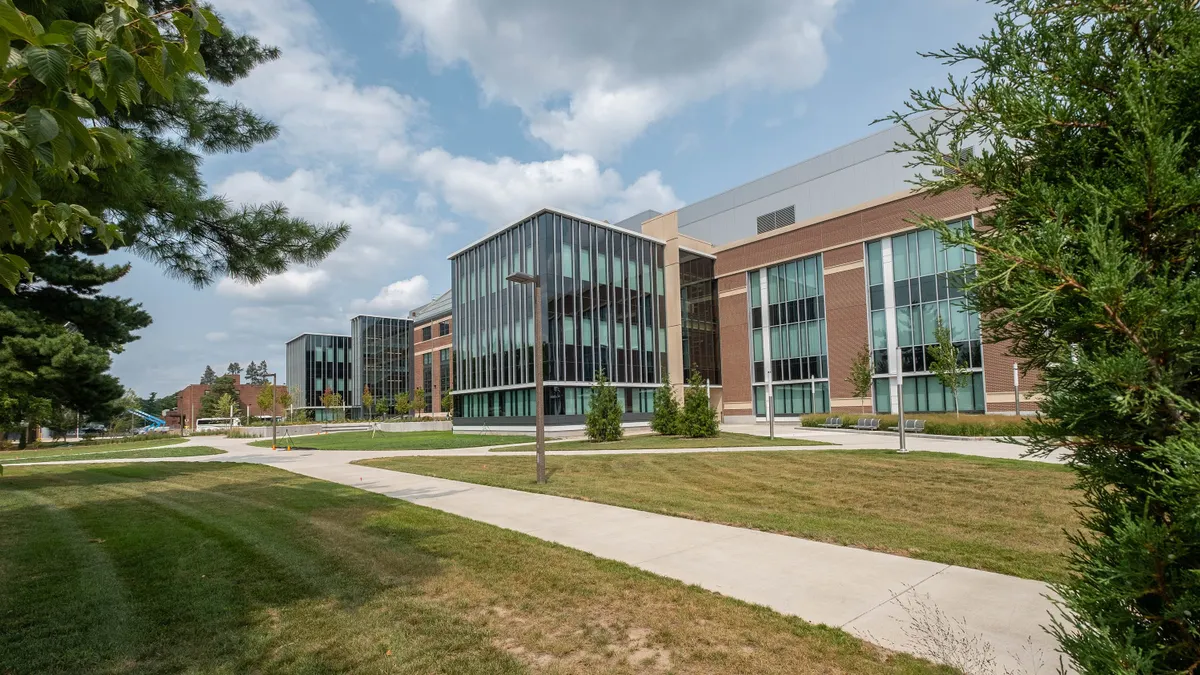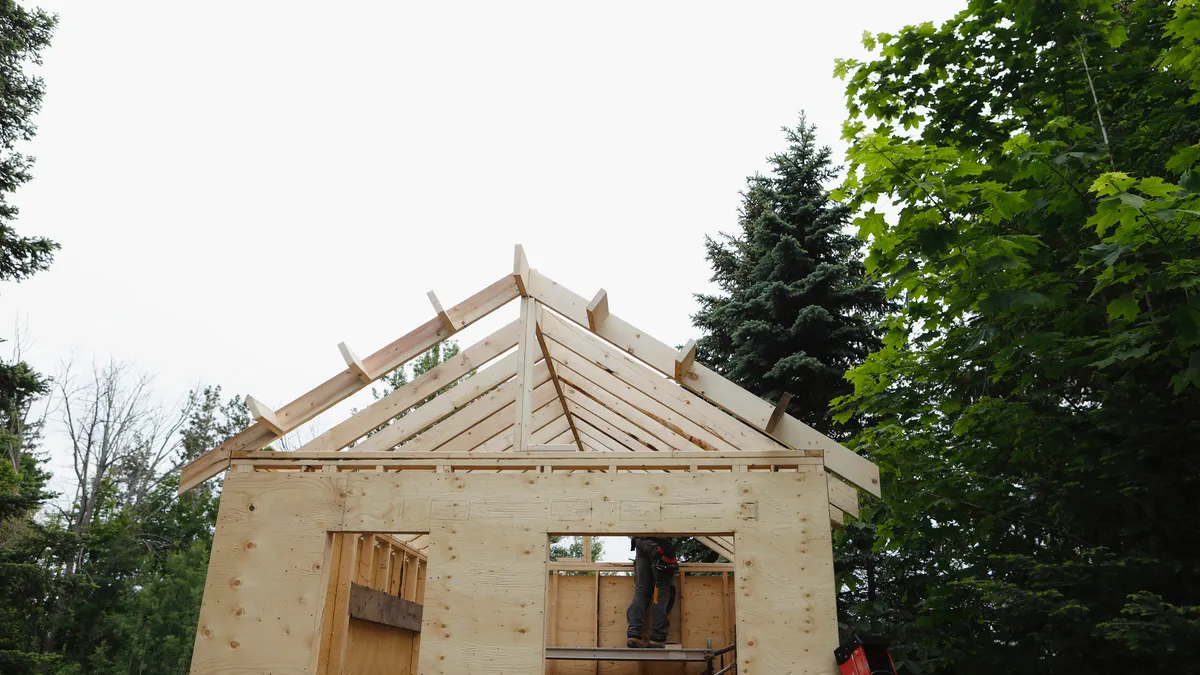This is the second in a series of three articles examining local policies that give tenants a right to cooling equipment. Click here to read the first story and here to read the third.
Nearly five years ago, Victoria Price urged local lawmakers in Montgomery County, Maryland, to pass a policy no other local government in the region had yet enacted: Require landlords to provide tenants with cooling equipment during the summer months in the same way they must provide heat during the winter.
During a public testimony in 2019, Price, 69 at the time, told stories of her nearly 14 years as a tenant in a more than 50-year-old building for older adults where, she said, the cooling systems regularly broke down, sometimes for extended periods. She spoke of residents hospitalized for heat exhaustion, people fainting and even a neighbor who died in part due to overheating in a unit that Price said did not have working air conditioning.
Her testimony painted a picture of what can occur when vulnerable populations, like older adults, young children and those with medical conditions, don’t have indoor cooling. It’s a growing concern among lawmakers as climate change drives record-breaking temperatures in cities previously spared such heat.
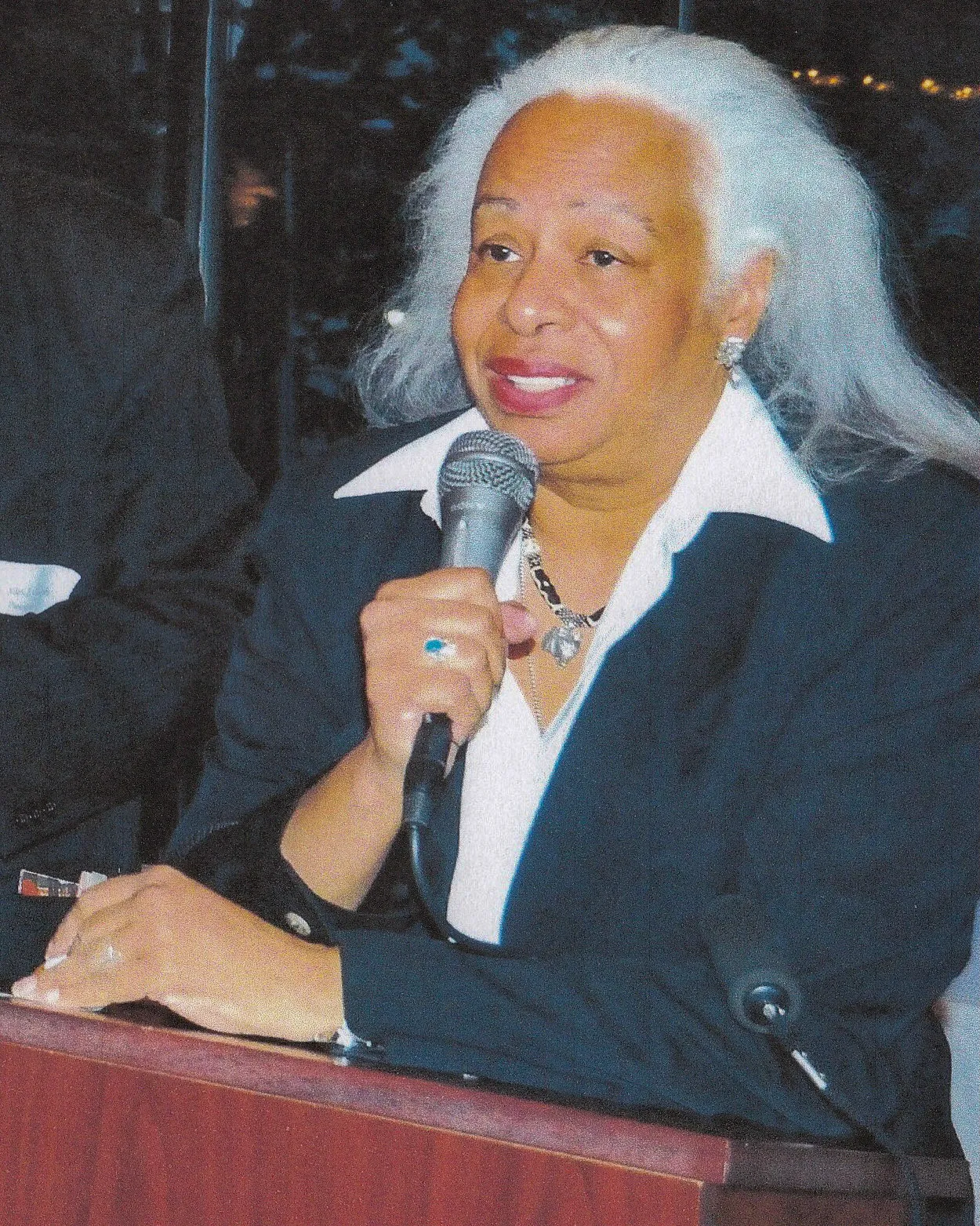
Montgomery County passed the law Price and other local tenants’ advocates supported in 2020. Under the new policy, many landlords must provide air conditioning equipment from June 1 through Sept. 30 each year. The equipment must be capable of cooling the unit to at least 80 degrees Fahrenheit. Previously, the county didn’t have a maximum indoor temperature; it only required landlords to maintain AC in “working order” if it was already in the unit.
The final AC mandate was scaled back from County Councilmember Tom Hucker’s original proposal, which would have required landlords to provide working AC equipment in May, too. The final bill also exempts detached single-family homes and certain historic properties. Still, the law marked a significant shift in how community members view cooling: not as a nice-to-have but as a need-to-have, said Matt Losak, executive director of the Montgomery County Renters Alliance. “The purpose of it is not to make things more luxurious,” he said. “The purpose of it was to address the health hazard.”
With communities from New York City to Los Angeles County looking to follow in Montgomery County’s footsteps, the county’s experience implementing the rule could hold lessons for local leaders nationwide.
A shaky beginning
Montgomery County has tens of thousands of multifamily rental units, and most of them already had air conditioning, according to county officials and real estate industry representatives. A 2020 estimate from the local Greater Capital Area Association of Realtors found that the new law could affect 300 to 1,400 units. Still, the first summer after the county’s rule went into effect was a “little shaky” as the landlords that didn’t previously provide cooling equipment figured out ways to install it in their buildings, said Tamala Robinson, manager of code enforcement for the county’s Department of Housing and Community Affairs.
For landlords that needed to install AC, the county had electrification and weatherization funds to help offset the costs, said Nathan Bovelle, chief of community development at the county’s Department of Housing and Community Affairs.
“The pushback was larger than the after-effect ended up being, in my estimate,” said Earl Stoddard, the county’s assistant chief administrative officer. “There [were] no buildings that went out of business or any major things like that.”
County officials don’t know how many tenants got access to working air conditioning equipment thanks to the law; that’s not something they’ve tracked. They assume property owners are largely complying, they say, because they have yet to hear otherwise. “If there were landlords who were struggling to make the changes, we would have heard about it through tenant complaints,” Stoddard said.
Losak, with the Montgomery County Renters Alliance, said that landlords seem to be more attentive to maintaining AC since the law went into effect. “We have not seen the kinds of unresponsiveness to complaints that we had seen in the past,” he wrote in an email. He credits Montgomery County’s rule for prompting landlords to be more responsible but added that the increased responsiveness to AC issues may in part be due to this summer’s extreme heat, which could have led to serious health risks for tenants, especially older adults.
Robinson explained how the complaint reporting process works: Once a tenant calls the county to report that they don’t have working AC, an inspector goes out the same day to visit the unit and measure the indoor temperature. If it’s above 80 F, the county notifies the landlord and advises them to take action within 24 hours, although technically they have up to five days to fix the problem. If the fix will take longer than five days, the county advises the landlord to provide temporary AC units, which Robinson says most landlords do. If the AC isn’t fixed within five days, the county issues a citation along with a $500 fine, which a judge can double or reduce depending on the severity of the case.
The complaints rarely get to the end of that process, Robinson said. The few landlords who have received citations so far have abated the issue before they go to court.
Older buildings, more problems
Brian Anleu has seen both sides of the debate over requiring landlords to provide AC.
He worked on the Montgomery County bill as a staffer for Hucker, the council member who sponsored the legislation. Now he represents the local real estate industry as the vice president of government affairs for Maryland at the Apartment and Office Building Association of Metropolitan Washington.
A significant barrier to providing renters with adequate cooling on hot days, he says, is old buildings with poor HVAC systems. These buildings from the 1960s and 1970s are also the buildings that tend to be affordable and inhabited by “the least affluent, neediest populations in the county,” Anleu said.
Hucker’s office started working on the AC requirement bill because of continuous complaints from residents in a handful of such older buildings, Anleu recalled. “Four years later, am I going to tell you that those buildings are always meeting the letter of the law?” he said. “Probably not, because those are really old buildings with really old systems.”
In certain older HVAC systems in multifamily buildings, residents can’t just adjust the thermostat to get heat or air conditioning when the weather changes. The entire building has to be switched for the season from heating to cooling, or vice versa, in a process that can take up to a week, officials explained. “If you have periods where one week it's hot and one week it cools down, like it does very often in April and May, it can be very challenging,” Stoddard said.
This past April, Montgomery County saw days approaching 90-degree highs, which sparked a wave of tenant complaints about non-functional AC, Bovelle recalled. Several days later, temperatures dropped back to the 40- to 50-degree range.
If landlords turned off the heat during those hot days, when the weather cooled, “they would get complaints that it's too cold,” Bovelle said.
That catch-22 has resulted in lengthy conversations among county officials about how they can better help landlords choose the best time to switch their HVAC systems from heating to cooling each year, perhaps using National Weather Service or other trustworthy weather information sources, Stoddard said.
Building owners could upgrade to more modern HVAC systems, but that can be expensive, time-consuming and invasive for residents, Bovelle said. Plus, property owners typically pass costs on to tenants through higher rents, Anleu said. Local building performance standards for energy use or greenhouse gas emissions, which Montgomery County has approved, create an additional burden on landlords being asked to drive down energy use while upgrading cooling equipment, he said.
“We keep hearing … that there are billions of [federal] dollars out there to help fund these kinds of energy-efficiency improvements,” Anleu said, but the funding must go through a winding bureaucratic process involving multiple government agencies before it can reach property owners, he said.
‘Better than 10 people dying’
Robinson said she fields a lot of calls from other jurisdictions about the law. A typical question she gets is why Montgomery County exempted detached single-family rental properties from the rule. The intent was to keep those properties as affordable as possible for tenants, she said, but she advises other local governments to consider implementing a law that applies to all rental properties. “The health and safety of the residents should be no different … whether you’re living in a single-family townhome, a single-family detached dwelling or a multifamily unit,” Bovelle added.
Montgomery County also could have considered ways to include historic properties, some of which are in low-income neighborhoods, in the law, such as by working with a historical preservation society to allow structural changes, he said.
Jurisdictions that are less built out should try to “get it right from the start,” such as by requiring new buildings to be energy-efficient and have AC, Stoddard advised. It can be a greater challenge for more built-up communities, like Montgomery County, to mandate cooling and other building upgrades without causing rents to rise. Governments in those built-up communities may have to subsidize retrofits, he said.
Price, the tenant who advocated for the county’s AC requirement in 2019, moved out of the building she testified about, she told Smart Cities Dive in June. But she remembers the tricks she would use to cool her 12th-floor apartment when it was too hot, from closing all the blinds and running fans to wedging poster board in front of the windows. Sometimes she’d flee the unit to stay with her brother in a neighboring county, she said.
When asked if she thinks Montgomery County’s AC requirement has made a difference, Price said yes. Even if the law only helped 100 people, she said, “that’s better than 10 people dying” from extreme heat.
“Why would somebody object to something like that?”










